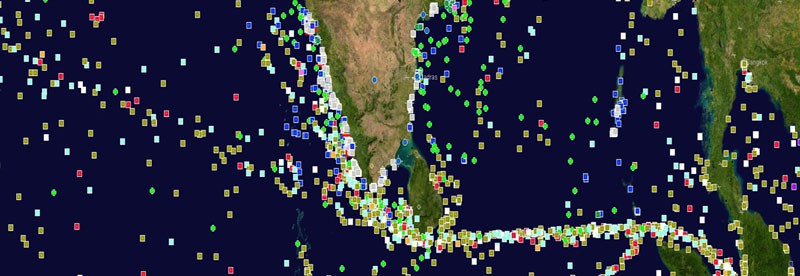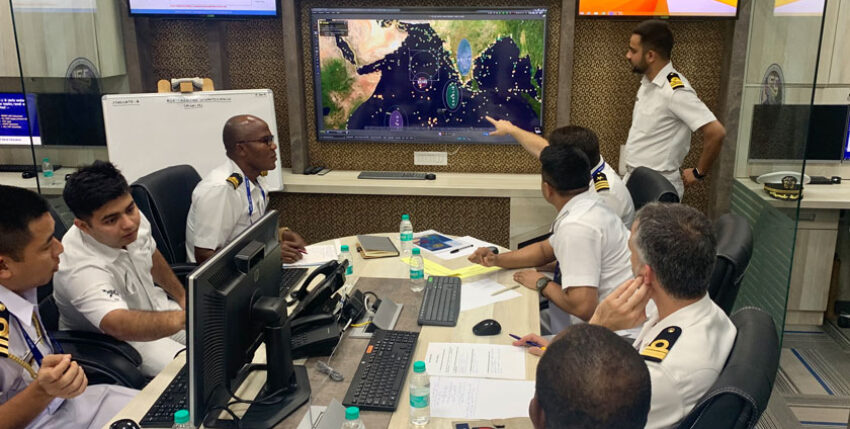The geostrategic prong in the Indian Ocean is a commitment: with its 2,000 kilometres of coastline on both sides and the wide view over the entire Ocean From East Africa and Indonesia/Western Australia to Antarctica, it is a fundamental concern of the Indian Navy under Chinese pressure to keep an eye on movements on this immense body of water. It is at least worth a try, as three quarters of global maritime trade and around half of all consumer goods pass through this sea area. Of course, this cannot be done alone, not without an Information Fusion Centre - Indian Ocean Region (IFC-IOR) as the central organisation and a maritime information exchange agreement, whose list of members now includes 21 states and 22 non-governmental organisations (NGOs). A good dozen smaller neighbouring states, as well as the USA, France, Spain and Italy, Australia, New Zealand and Japan are also members. Since the visit of the British Carrier Strike Group 21 in June this year, a British liaison officer (LO) from the Royal Navy has also joined the team on site - incidentally, he is the fifth LO after France sent the first one there.

The Kingdom of Oman was only recently India was invited to join this agreement and became its 22nd state member on 27 September 2021. The contract for the "White Shipping Information Agreement" was signed in Muscat by the local commander, Rear Admiral Saif bin Nasser bin Mohsen Al-Rahbi, and the Indian Chief of Naval Staff, Admiral Karambir Singh. Oman will now also contribute - and receive in return - information on more than 12,000 ship movements, which have been collated and monitored daily at the IFC-IOR in Gurugram in south-west New Delhi since the end of 2018. It's called Maritime Domain Awareness and ensures security and stability throughout the region.










